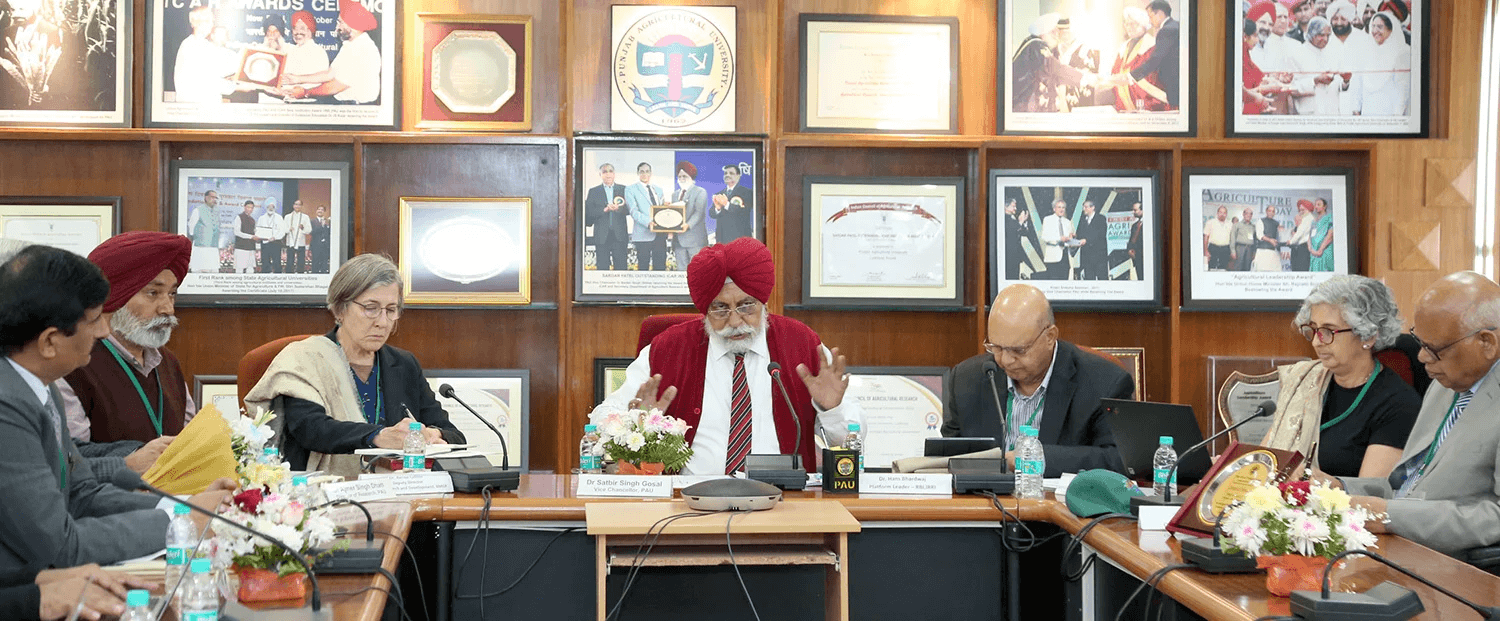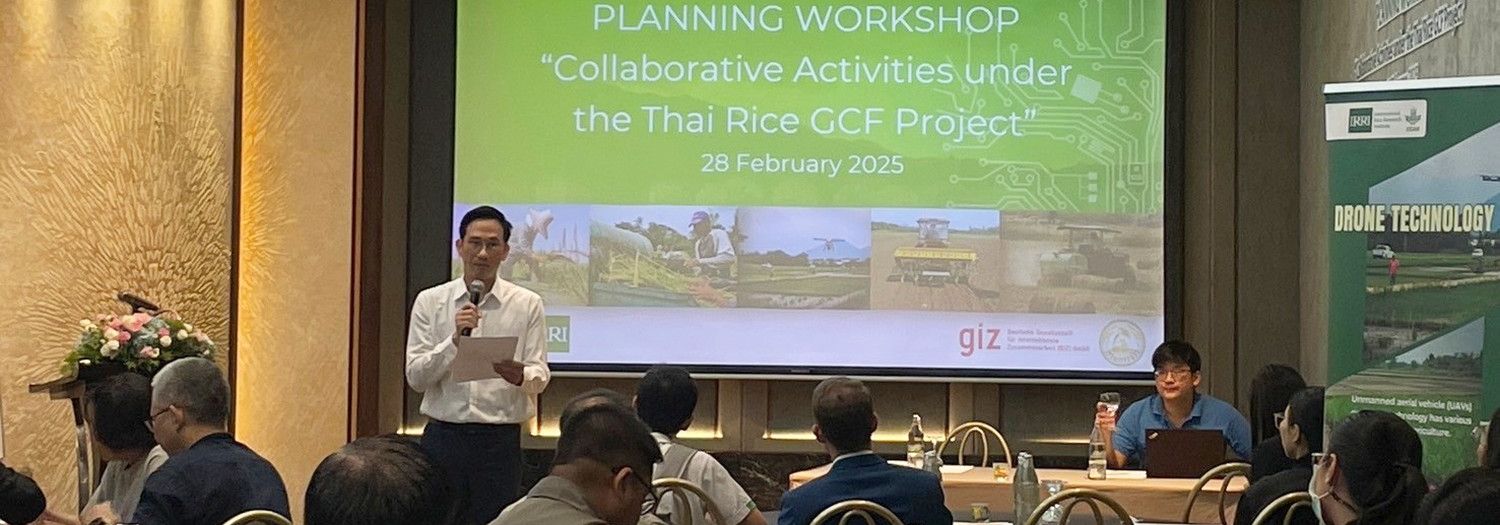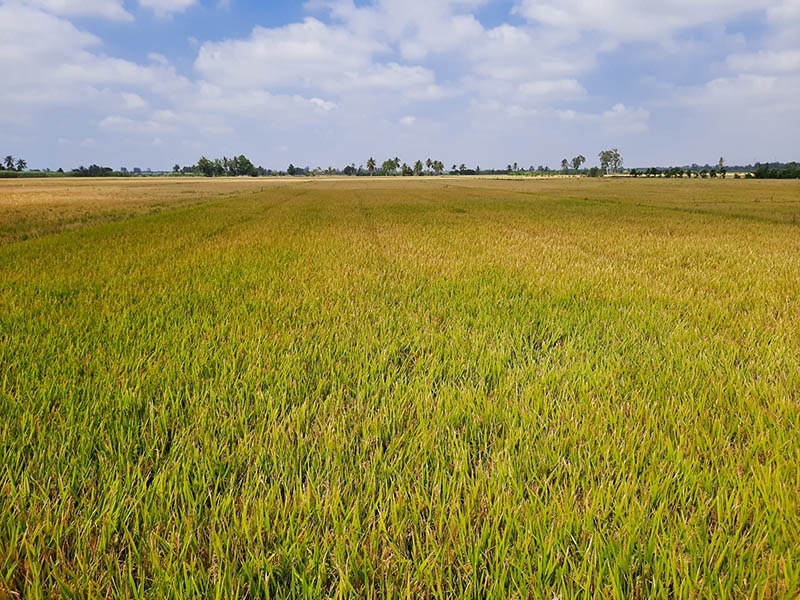Tags
State agencies introduce new rice varieties and technology to reduce the gap in rice production
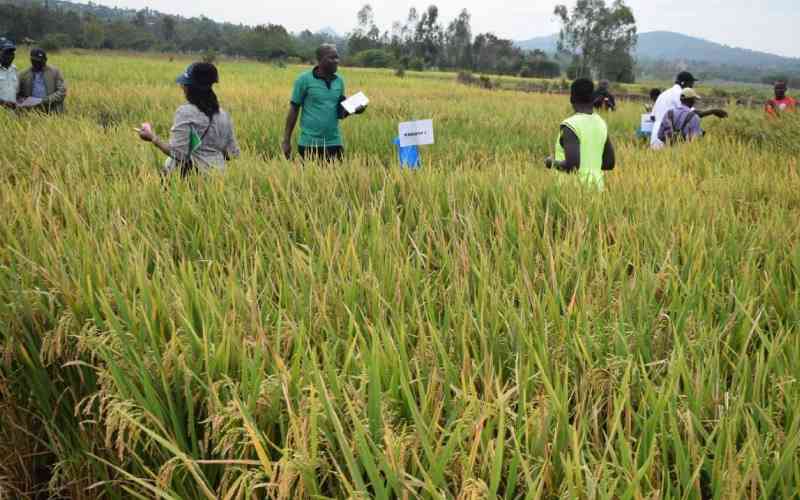
Government agencies have begun introducing new rice varieties and climate-smart technology to reduce the shortage of rice in Kenya which stands at 600,000 metric tons annually.
According to the Managing Director of Lake Basin Development Authority (LBDA) Wycliffe Ochiega, Kenya has a demand of 800,000 metric tons of rice per year.
However, the country can produce slightly less than 200,000 metric tons annually.
To address the rice shortage, LBDA in partnership with the Kenya Agricultural and Livestock Research Organization (KALRO) and the International Rice Research Institute (IRRI ) has started an initiative to introduce the production of new and efficient rice varieties in Homa Bay County.
The initiatives have been introduced to more than 250 farmers who are growing rice in a mega irrigation project in the county.
The farmers are growing the crop in the Kimira Oluch Smallholder Farm Improvement Project (KOSFIP), an irrigation project that supplies water in more than 1500 hectares of land for crop production.
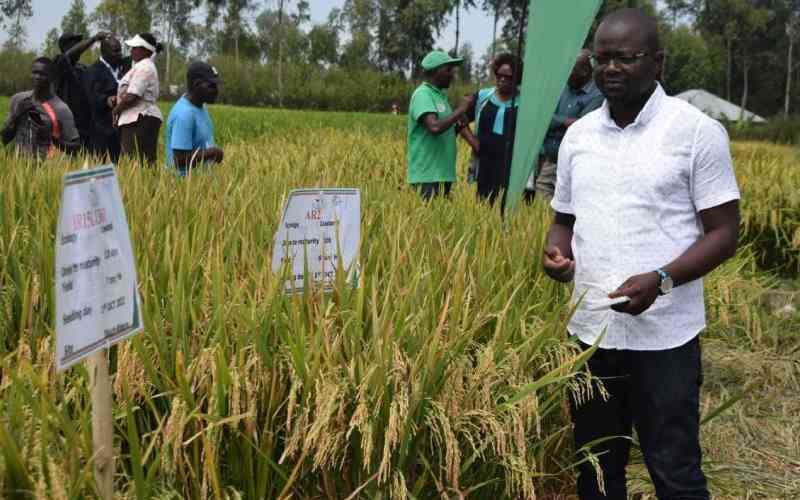
On an agricultural field day presided over by Ochiega, KALRO’s Director at the Industrial Crop Institute Finyange Pole, IRRI’s regional breeding lead in Africa, Ajay Panchbhai, the farmers got the opportunity to adopt the new rice seed varieties.
One of the varieties introduced is known as Komboka.
Pole said there are also other rice seed varieties such as CSR36 (Mkombozi ) and 08 FAN10 which will be introduced to farmers in June.
The new seeds have been developed through research.
“Our idea is to adopt the newly bred rice varieties. KALRO has released several varieties of rice seeds and one of them is Komboka which the farmers are seeing today. CSR36 (Mkombozi ) and 08 FAN10 will be released in June,” Pole said.
Pole said the rice seed varieties are good because their production is almost double the traditional cotton varieties farmers are growing today. “Their yield is double the varieties farmers are growing today and this will give them the value of their sweat,” Pole said.
He also urged farmers to embrace the new climate-smart technology in which farmers can plant rice directly on the farm without preparing a nursery bed.
“This technology is good because it saves farmers time and resources for preparing the nursery,” Pole added.
Ochiaga said the new rice varieties mature quicker than the conventional varieties.
“The new rice varieties take three months or less to mature compared to the conventional varieties which take four months. I urge farmers to embrace the new seeds,” Ochiaga said.
He assured the farmers that the LBDA would help them secure a market for their produce.
“Let farmers not worry about the market because we have the capacity. Rice supply of locally produced rice still has a huge shortage,” he added.
Panchbhai said their objective is to empower farmers to ensure they have money besides food.
“It is unfortunate that farmers grow old rice varieties which earn them poor yields. These new varieties will boost their income,” Panchbhai said.
He said the new rice production technology will cushion the farmers from too many expenses.
“The new technology does not require intensive labour as the traditional methods,” he added.
https://www.standardmedia.co.ke/farmkenya/article/2001489848/state-agencies-introduce-new-rice-varieties-and-technology-to-reduce-the-gap-in-rice-productionPublished Date: February 10, 2024




